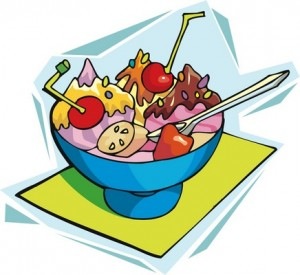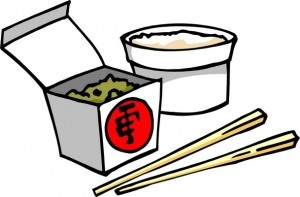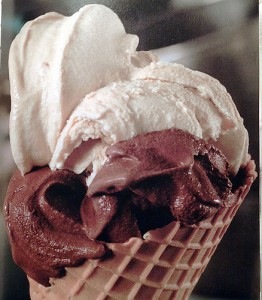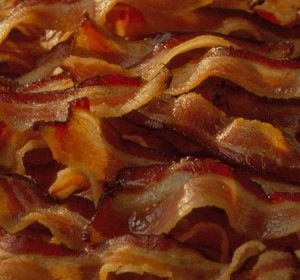- You snag 3 tootsie rolls from the receptionist’s desk
- You grab a couple of samples of cheesecake at Costco
- You finish your child’s grilled cheese sandwich
- You taste the cookie batter and lick the bowl and beaters
- You finish the leftovers because there’s too small an amount to save
How many more can you add?
Calories Do Count
Obviously, the calories do count, it’s just that all too frequently we neglect to add them – remember them – or acknowledge them (that would mean having to admit that you ate that candy bar).
That’s why a food journal can help with weight management. By writing down everything that you eat – not at the end of the day but when you eat it – you’re forced to acknowledge all of the random food that you either mindfully or mindlessly pop into your mouth.
The Center for Science in the Public Interest uses frozen yogurt to illustrate how mindlessly adding toppings adds a whopping amount of calories to what might be thought of as a healthy food.
“Let’s say you start with just 200 to 300 calories’ worth of frozen yogurt. (That’s a medium or regular at places like Red Mango, Pinkberry, or TCBY.)
But then the toppings call out. Forget the chocolate chips (80 calories per scoop), the gummy bears (80), and the Oreo pieces (60). Even the ‘healthy’ toppings like granola (60 calories), nuts (100), and ‘yogurt’ chips (100) pile on the calories.”
Think about it: when don’t your calories count?




